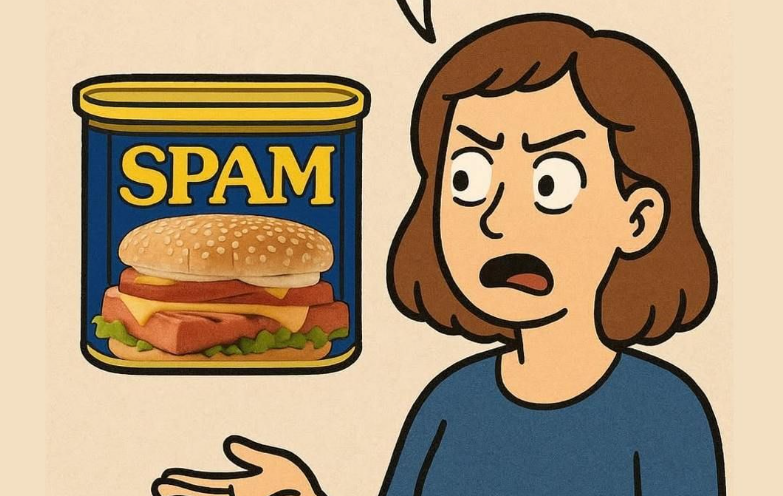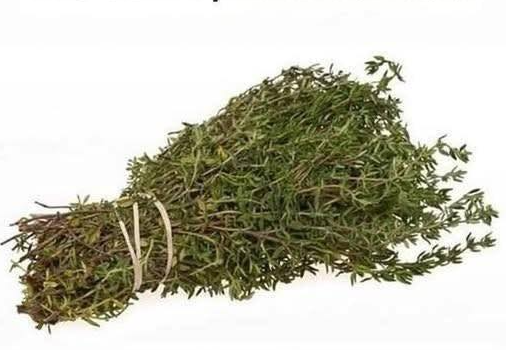The Lycorma delicatula, commonly known as the spotted lanternfly, is an invasive insect posing a serious threat to ecosystems and agriculture. First identified in the United States in 2014 in Pennsylvania, this pest has since spread rapidly across multiple states, devastating crops, trees, and vegetation. Originating from Asia, the lanternfly quickly established itself, leaving a trail of destruction in its wake.
Impact on Plants and Ecosystems
The lanternfly feeds on plant sap using its needle-like mouthparts, which weakens the host plant and makes it more susceptible to diseases and environmental stress. Additionally, lanternflies produce a sticky substance called honeydew, which promotes the growth of sooty mold. This fungal layer blocks sunlight, impairs photosynthesis, and further damages plants.
Lanternflies are particularly harmful to hardwood trees like maples, as well as economically important crops such as grapes, pears, and hops. Their feeding depletes the plant’s resources, stunting growth and reducing productivity. Beyond agriculture, infestations stress ornamental trees and urban greenery, upsetting ecosystems and threatening biodiversity by disrupting the habitats of other species.
Identifying the Spotted Lanternfly
Recognizing lanternflies is crucial for early intervention. Adult lanternflies have grayish wings with black spots and a vibrant red-and-black pattern on their underwings. When at rest, their wings fold, making them appear less colorful. They measure about an inch in both length and width. Young lanternflies, or nymphs, are black with white spots in their early stages and turn red as they mature.
Lanternfly eggs are distinctive, appearing as mud-like streaks on outdoor surfaces such as trees, rocks, and even vehicles. These egg masses are a key focus for controlling the insect’s spread.
Responding to Lanternfly Sightings
If you encounter a spotted lanternfly, swift action is essential to minimize damage and contain its population. Here’s what you can do:
- Eliminate Adults and Nymphs: Squash visible nymphs and adults to immediately reduce their numbers. Though simple, this step is crucial.
- Destroy Egg Masses: Scrape egg masses into a container filled with alcohol, hand sanitizer, or bleach to ensure they are destroyed.
- Report Sightings: Notify local environmental or agricultural authorities to aid in tracking the lanternfly’s spread and coordinating control efforts.
- Inspect Outdoor Items: Check firewood, furniture, and vehicles for egg masses, especially when moving items between states, as these insects can hitchhike and spread further.
Protecting Our Environment
Community awareness and action are critical to combating the spotted lanternfly. These insects often travel on goods and vehicles, allowing them to expand their range rapidly. By remaining vigilant, inspecting outdoor items, and taking immediate steps to control the insect, we can reduce its impact.
Protecting natural resources requires a collective effort. Early detection, prompt intervention, and ongoing awareness are the first steps to limiting the damage caused by the spotted lanternfly and preserving the health of our ecosystems. If you see a spotted lanternfly, act decisively to prevent further harm to plants and the environment.






